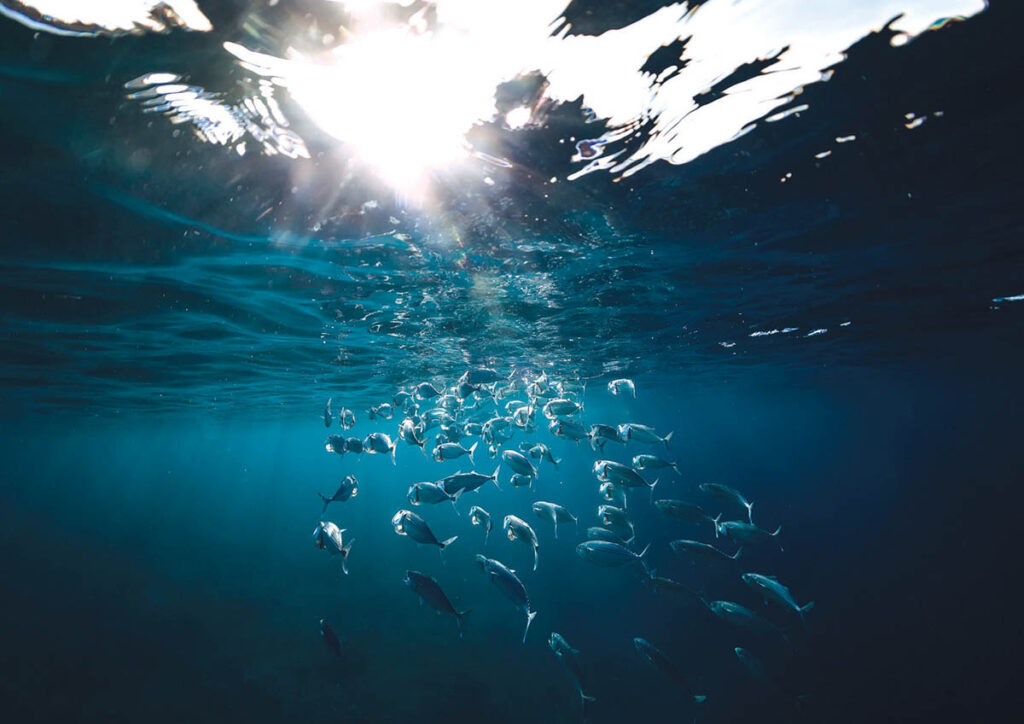In January 2020, still in a pre-pandemic situation in our country, I wrote in this newspaper about “the challenge of diversifying the offer and reinventing tourism in the Algarve”. An underlying theme, although more aggregating and pertinent, is the challenge of diversifying the Algarve's economic activity.
The region has specialized in tourism for decades and the vast majority of activities in the region began to gravitate towards it, such as hotels and restaurants, services and construction, consequently creating a dependency on employment.
The current context has accentuated the extreme dependence and concentration of the Algarve's (and, in recent years, Portuguese) economic activity in this sector, which was known to be particularly exposed to external shocks. With a view to the recovery of the region's economy and the generation of economic resilience, it is urgent to diversify its economic structure to other sectors, for which the region has particularly favorable conditions.
The Algarve has excellent raw materials and products, which can stand out and assert in global markets for their quality and differentiation and not for their quantity, since the region and the country present a "problem" (which is, in this case, a benefit) of lack of scale, and should offer products with these characteristics and that generate added value.
There are several activities that can fulfill this purpose, but I will focus essentially on two, in a return to the primary sector, a kind of back to basics: agriculture and fishing.
Agriculture, which was left out of the region's economic structure for decades, has the conditions to regain its prominence and contribute to the diversification of economic activity and increase in the region's well-being and wealth.
The Algarve has almonds, figs or carob (traditional dryland orchards) or oranges, sweet potatoes or fresh figs (irrigated crops) in terms of superior product quality. This quality and recognition of the Algarve's products is already evident in the olive oil, having received a vast number of international awards.
Another sector to be highlighted is the wine industry, which had, in the past, some importance in the region (in the Discoveries the ships carried wine from the Algarve) and which has been “disappearing” in recent decades due to urban and tourist pressures.
Since the 90s until today, the total area of vines has halved (from 1% to 0,7% of the country's total) and, in the last decade, the total production volume has decreased by 40% (represents only 0,2 .XNUMX% of the country, alongside only the Azores).
However, reality seems to be changing: receiving international awards has attested to quality, the modernization of infrastructures and processes and the construction of new wineries reveal investment as well as greater acceptance and recognition of the product in the market.
The region has all the characteristics for the success of this activity: suitable soils, many hours of annual sunshine, heat, low water use compared to other products, Atlantic proximity and even an autochthonous variety that only exists in the Algarve, the Negra Mole.
Fishing and seafood activities have an intrinsic relationship with the culture of the Algarve, as does the canning industry. The Algarve has a wide variety of fish and seafood, combined with exceptional quality, considered by many as “the best in the world”.
Some examples are the bluefin tuna, a species highly valued in oriental markets, mainly in Japan, where it reaches high prices, and there are already frames for its capture off the coast of Olhão and Tavira; octopus, which is mostly sold to Spain, but which in Japan has potential for its sale still alive; sardines caught on the Algarve coast and which, in addition to local and national consumption, are sold to markets such as the United States, or bivalves from the Ria Formosa, such as oysters, clams and cockles, which, in addition to supplying the region and the country, are exported to France and Spain.
The strategy for marketing these products in foreign markets, favoring exports and the country's trade balance, may involve their greater dissemination, increased added value and differentiation.
As an example, export to the Nordic countries or the United Kingdom the “sweet and juicy orange from the Algarve” and carob chocolate or preserves good gourmet food from the Algarve coast to Japan, transforming and monetizing the products through secondary sector activities.
The exploration of these activities is one of the alternatives to the diversification of the region's economic structure, however without neglecting the profitability/sustainability binomial, promoting the protection of cultures and species, not practicing too intensive activities and respecting closed seasons.
Author Hugo S. Gonçalves has a degree in Economics and a Masters in Tourism Economics and Regional Development from the Faculty of Economics of the University of Algarve.
Co-author of articles on economic impacts of tourism, published in scientific journals tourism management e Tourism Economics.
Effective member of the Order of Economists, of the Specialty College of Political Economy.
He has been working in banking for over a decade, in various areas, in recent years with a particular focus on liquidity risk.
Note: article published under the protocol between the Sul Informação and the Algarve Delegation of the Order of Economists
Help us to do the Sul Informação!
Contribute your donation so that we can continue to make your journal!
Click here to support us (Paypal)
Or use our IBAN PT50 0018 0003 38929600020 44



















Comments